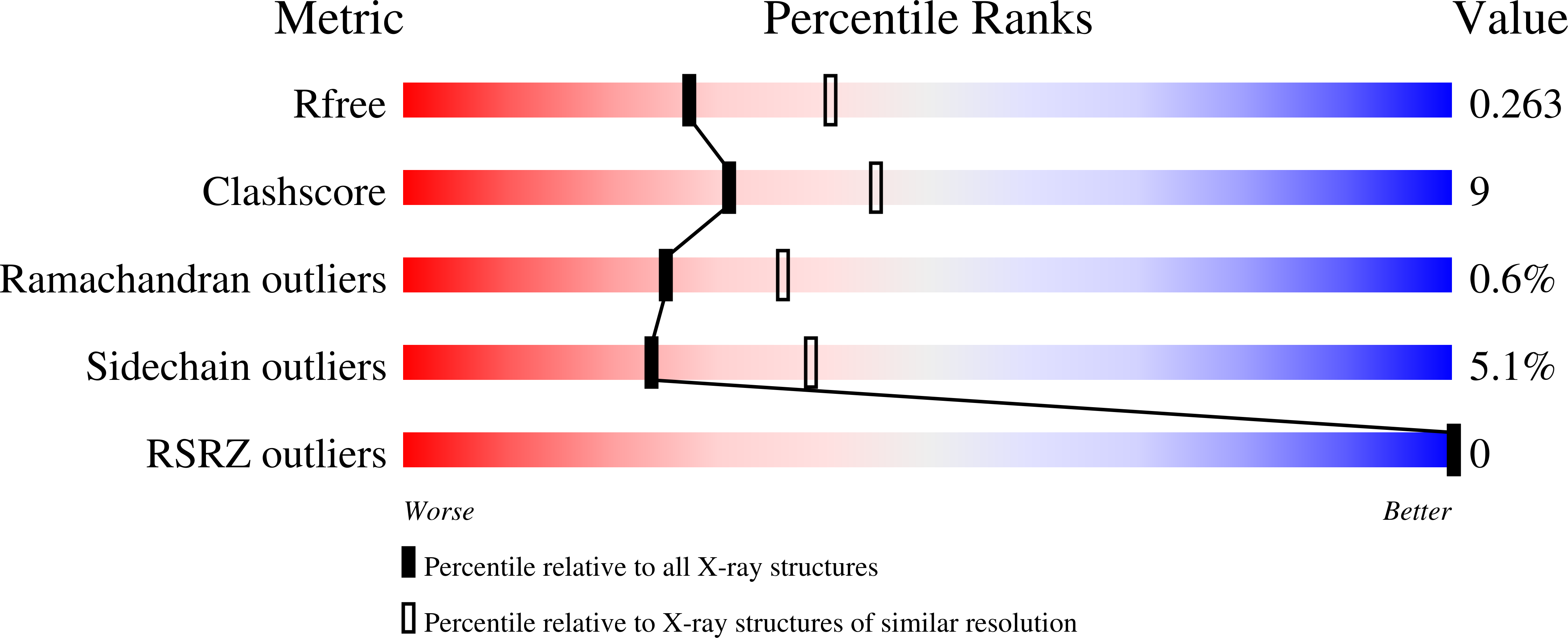Abstact
The 2.4-A resolution crystal structure of a dominantly active form of the small guanosine triphosphatase (GTPase) RhoA, RhoAV14, complexed with the nonhydrolyzable GTP analogue, guanosine 5'-3-O-(thio)triphosphate (GTPgammaS), reveals a fold similar to RhoA-GDP, which has been recently reported (Wei, Y., Zhang, Y., Derewenda, U., Liu, X., Minor, W., Nakamoto, R. K., Somlyo, A. V., Somlyo, A. P., and Derewenda, Z. S. (1997) Nat. Struct. Biol. 4, 699-703), but shows large conformational differences localized in switch I and switch II. These changes produce hydrophobic patches on the molecular surface of switch I, which has been suggested to be involved in its effector binding. Compared with H-Ras and other GTPases bound to GTP or GTP analogues, the significant conformational differences are located in regions involving switches I and II and part of the antiparallel beta-sheet between switches I and II. Key residues that produce these conformational differences were identified. In addition to these differences, RhoA contains four insertion or deletion sites with an extra helical subdomain that seems to be characteristic of members of the Rho family, including Rac1, but with several variations in details. These sites also display large displacements from those of H-Ras. The ADP-ribosylation residue, Asn41, by C3-like exoenzymes stacks on the indole ring of Trp58 with a hydrogen bond to the main chain of Glu40. The recognition of the guanosine moiety of GTPgammaS by the GTPase contains water-mediated hydrogen bonds, which seem to be common in the Rho family. These structural differences provide an insight into specific interaction sites with the effectors, as well as with modulators such as guanine nucleotide exchange factor (GEF) and guanine nucleotide dissociation inhibitor (GDI).



